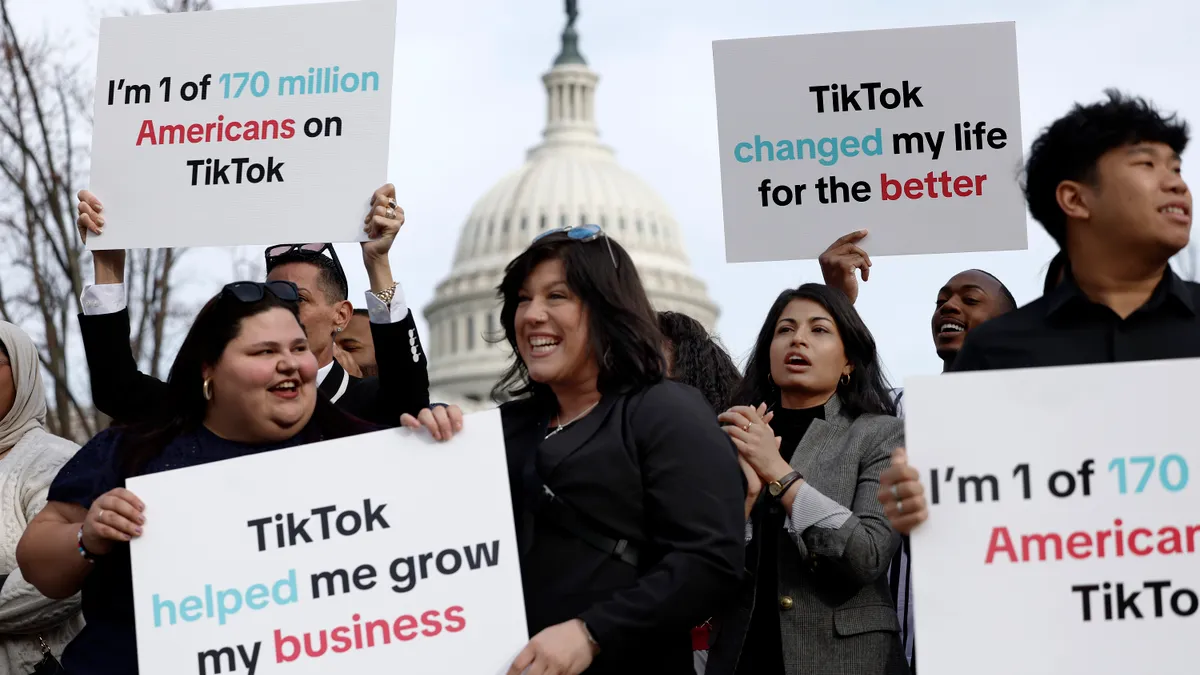Dive Brief:
- The Interactive Advertising Bureau released its 2017 forecast for native advertising predicting the emergence of new formats including virtual reality and in-messaging apps as well as an ongoing expansion of native video formats for vertical video, 360 video, outstream and mobile-first video.
- The IAB also predicts continued growth of native advertising with marketers shifting budgets from display to native ad units.
- Another shift for 2017 is expected P2P marketplaces like Uber and Lyft experimenting with new advertising models.
Dive Insight:
Native advertising, which typically is designed as an organic part of the user experience, is an important focus for marketers as consumers increasingly grow frustrated with intrusive digital ad formats, causing them to adopt ad-blocking software in bigger numbers. Native ads are also well-suited for smaller mobile screens, where advertising real-estate is limited.
For native advertising in 2017, the IAB predicts that premium publishers will continue to offer marketers custom content solutions. Additionally, disclosure remains of “paramount importance” so consumers can tell the difference between a native ad and editorial content. The industry group also expects some changes with the ad format including a shift to a mobile-first perspective and pricing models that increasingly move from cost-per-thousand-impression metrics to cost-per-view. Conversion metrics are expected to put value on engagement, with an increased focus on attention metrics such as gaze and time spent.
Native ad challenges for 2017 include content quality concerns, measurement, growing publisher reliance on paid social or content discovery tools and ad blocking.
Charles Lee, president Worldwide IDG and a member of the IAB Native Advertising/Content Committee, said one challenge will be marketers needing to be reminded to create contextually relevant native content because as native replaces traditional advertising there will be pressure to create more promotional content, an area the Federal Trade Commission will be watching closely.













